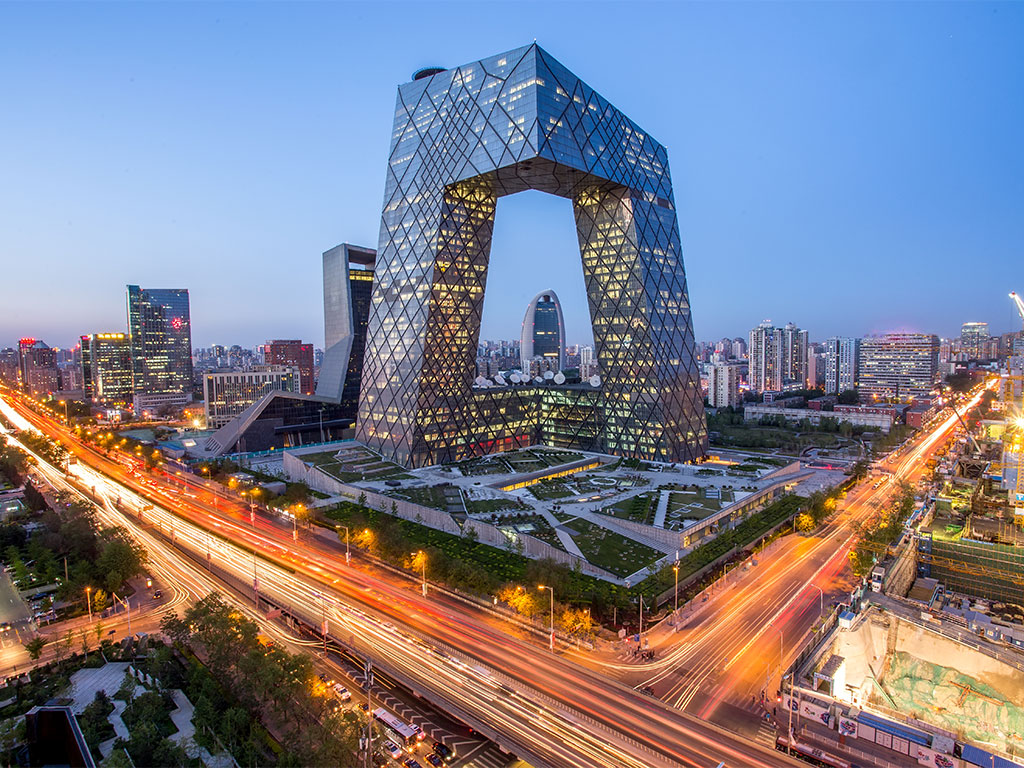I recently shared a story with a colleague about a work dilemma which has stayed with me for over ten years. As a lowly marketing executive for a financial services firm, I was once asked to review the product brochure for a new pension fund. The fund was being launched by a funky, well-known brand, entering the market as a no-fuss, no-frills pension provider. My firm was acting as the responsible entity for the fund, which is how the brochure ended up in my hands.
The brochure was well-written and witty, cheeky even, and was certainly far removed from most of the dull financial disclosure documents that crossed my desk. I liked the way it simplified the product’s features and benefits, and didn’t use any finance jargon. However, as I made my way through the brochure, I became more and more uncomfortable. While focusing on plain language, they had skimped on details around the risks associated with the funds. Alarm bells really started ringing when I read the disclaimer title ‘the boring fine print’!
Bored to fears
Yes, financial language can be boring, but it’s also really important that people signing up to a financial product understand it fully – its risks as well as its benefits. People’s life savings depend on it. Not only did I feel the fund was glossing over important information that its customers needed to know, it seemed to be actively discouraging people from reading it. I was shocked by this cavalier attitude, and I shared my concerns with our legal team, who pressed the panic button and shut that party down (in a sedate and lawyerly way).
Financial language can be boring, but it’s important that people signing up to a financial product understand it fully
I was reminded of this story again this week, when a friend showed me a product she is creating for a financial services firm. The goal is to sell inflation-linked funds through a simple web interface. It gives you a choice between funds with different risk levels and, therefore, different potential outcomes.
The bit that troubled me was that the interface lets you enter an initial investment (let’s say £3,000) and then asks how much you’d like to make and spits out £7,500, £8,000 or £10,000 for you to choose from. It seems to me that most people will say “well, I quite fancy the £10,000, thanks very much”, but this really isn’t the full story of whether an investment is right for you. The programme doesn’t consider how soon the customer might need to access their investment, what other investments or assets they have or how comfortable they are with the potential for capital loss.
Now, I should explain that this web product has not yet been launched and has not been through legal and compliance vetting, so this issue will likely be picked up in review. However, it did lead me to ponder the challenge for these so-called ‘simple’ financial products in ensuring customers fully understand what they’re buying before they invest.
Write right
Do I believe that some financial language could be written more simply? Absolutely. Do I believe that this should mean skimping on product details? No way. Simple and clear writing does not need to be dumbed down. Good quality, plain-English writing can make complex, technical information accessible and clear for most audiences.
Here are my cardinal rules for simpler investment writing:
Use a simpler word if there is one. Don’t use ‘equities’ when ‘shares’ or ‘stocks’ will do just as nicely. And, unless you’re explaining the finer points of fixed income securities, don’t say ‘yield’, just say ‘income’.
Avoid acronym overdose. Finance is famous for unnecessary acronyms, and documents peppered with them are just the worst! If you must use an acronym, define it clearly the first time you use it. Even if you think it is in common parlance, be respectful to your audience and spell it out. Also, consider defining it in simpler words as well to make your writing more readable, e.g. “the individual savings account (the ISA or the Account)”.
Shorten sentences and simplify clauses. One reason that disclaimers and the other boring bits of financial documents seem so impenetrable is the long sentences that seem to go on and on and on. It makes them hard to read and even harder to understand, but there’s no need for it. Simply separating multiple clauses with a full-stop can help a reader to absorb complex information in bite-sized chunks.
Write well, right to the end. The promotional part of a brochure or disclosure document will quite often enjoy the loving attention of a marketing or communications department. Plenty of time will be devoted to crafting pithy taglines and captions, and you really don’t want to know how long the average product naming takes! However, this level of attention is rarely paid to the risk disclosures or disclaimers. These sections are usually drafted by the legal department and then left alone. Given how important it is that people really understand what they’re signing up to, the boring bits should also be written as clearly and simply as possible.
Following these rules will go a long way to making financial writing more accessible for everyone. In the meantime, be wary of products and brochures making promises that seem too good to be true. When it comes to financial decisions, it’s crucial that you’ve clearly understood the boring bits so that you know what you’re getting yourself into.
For more information on how to create compelling copy within the financial services sector, please visit www.strattoncraig.co.uk.

